OBJECT COLLECTIONS
At Leathersellers’ Hall the Leathersellers’ Company is custodian of varied object collections including sculpture, paintings and prints, plate, stained glass, tapestries, boxes, and historic leather artefacts.
The majority of collection objects were acquired through the generosity of past benefactors, many of them members of the Leathersellers’ Company, whose gifts to the Company have formed a tradition of giving dating from the mid-15th century.
Sculpture
Our sculpture collection is small but varied. The most significant pieces are described below:
Commissioned specially for the current, new Leathersellers’ Hall, Blue to Clear Spire Chandelier – a magnificent glass sculpture by the American glass artist Dale Chihuly – hangs in the Reception Room as its most eye-catching feature. As an assembly of hand-blown glass spikes resembling icicles this reflects light rather than emits it, unlike traditional chandeliers.
Stone carving of the head of a mermaid by prominent 17th century sculptor Caius Gabriel Cibber, whose other works survive around the base of the Monument, on the exterior of St Paul’s Cathedral, at Hampton Court Palace and elsewhere. This head is the only surviving fragment of a sculpture of a two-tailed mermaid originally positioned on top of a hand pump on the site of St Helen’s Place.
Watch more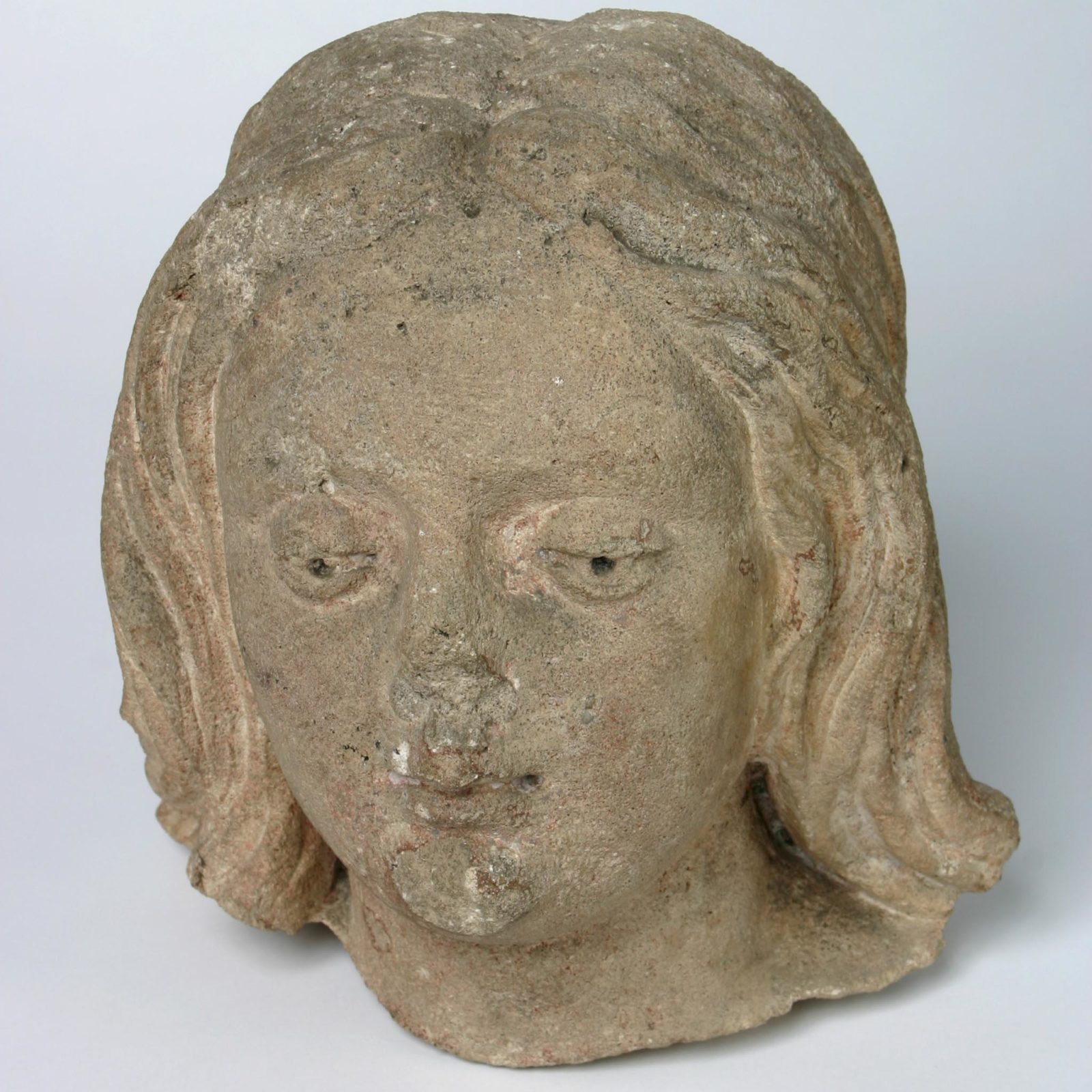
PAINTINGS & PRINTS
The Leathersellers own a number of portraits of past members from the 17th century onwards, beginning with portraits of James Bunce and George Humble, two 17th century Masters and benefactors to the Company.
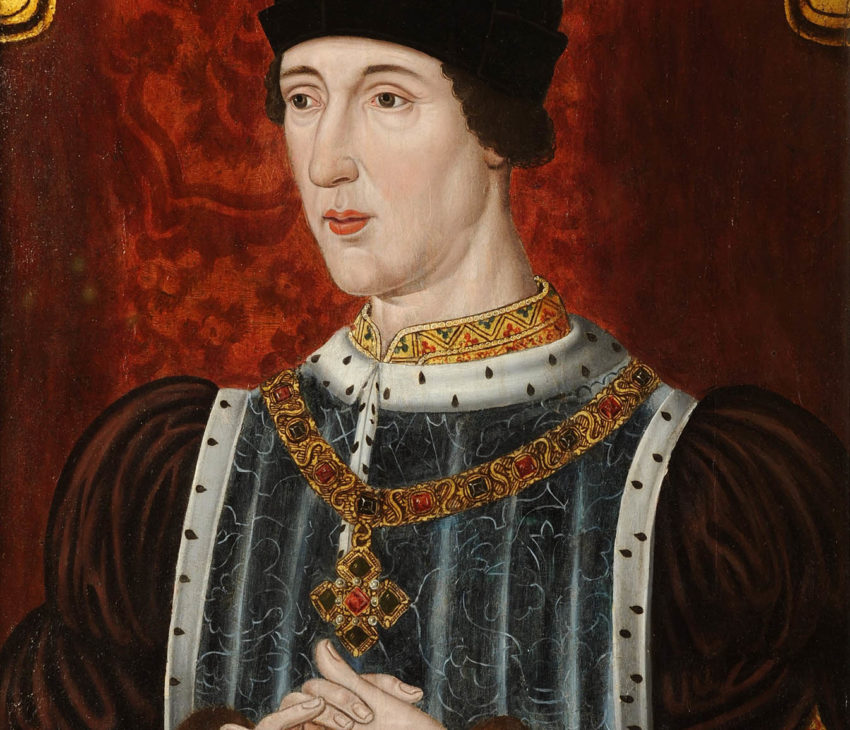
Portraits
The oldest portrait in the paintings collection dates from the late 16th century and depicts Henry VI, granter of the Leathersellers’ charter of incorporation in 1444. It was created as a companion piece to the portrait of Richard III in the National Portrait Gallery. Our two other royal portraits are a 17th century English School portrait of Henry VIII and a portrait of Princess Diana by David Hankinson, one of only 13 portraits of Princess Diana painted from life.
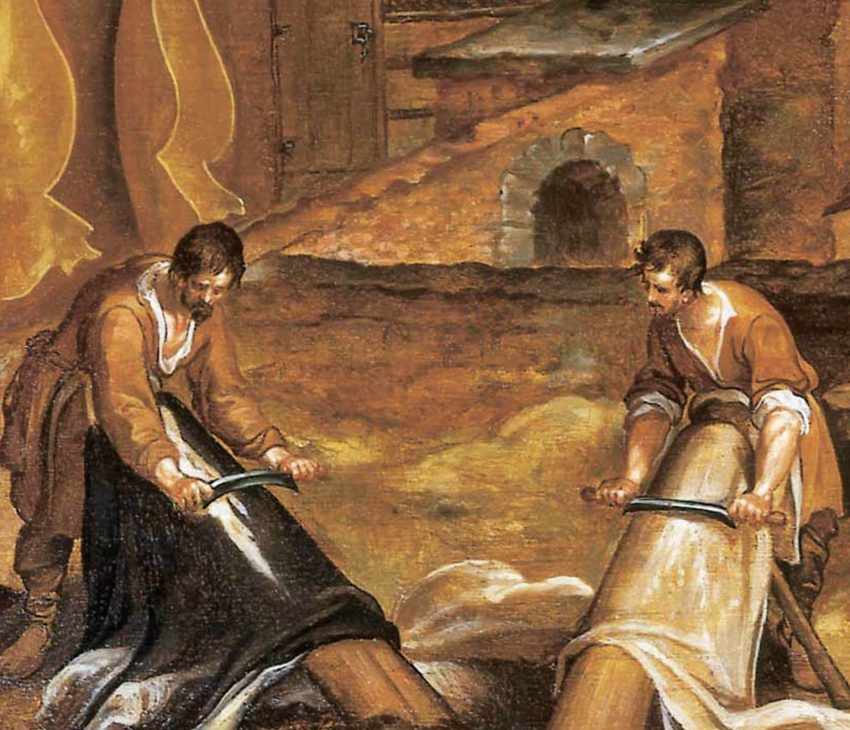
Paintings
Other paintings owned by the Leathersellers’ Company include Stages in the Manufacture of Leather, a 16th century pair created by Gillis Mostaert, A View of Blackfriars Bridge and A View of Lambeth Palace with St Paul’s Cathedral in the distance by William Marlow, and a collection of paintings of London scenes by Leon Kossoff.

Prints and drawings
In addition to paintings the Leathersellers preserves a collection of prints and drawings, many of them depicting Leathersellers’ Hall and its predecessors, St Helen’s Place, St Helen’s Bishopsgate and other buildings and monuments in the City of London.
PLATE
The plate collection dates from the mid-17th century onwards. There are no earlier pieces extant because of later sales; all the Company’s plate was sold in 1544 to finance Henry VIII’s wars in Scotland and France and other expenses due to the Crown. Most of the new collection of plate was sold in 1643 to raise money to support the Parliamentarian army in the Civil War, and a further quantity of plate was sold in 1798 when it was decided to demolish Leathersellers’ Hall.
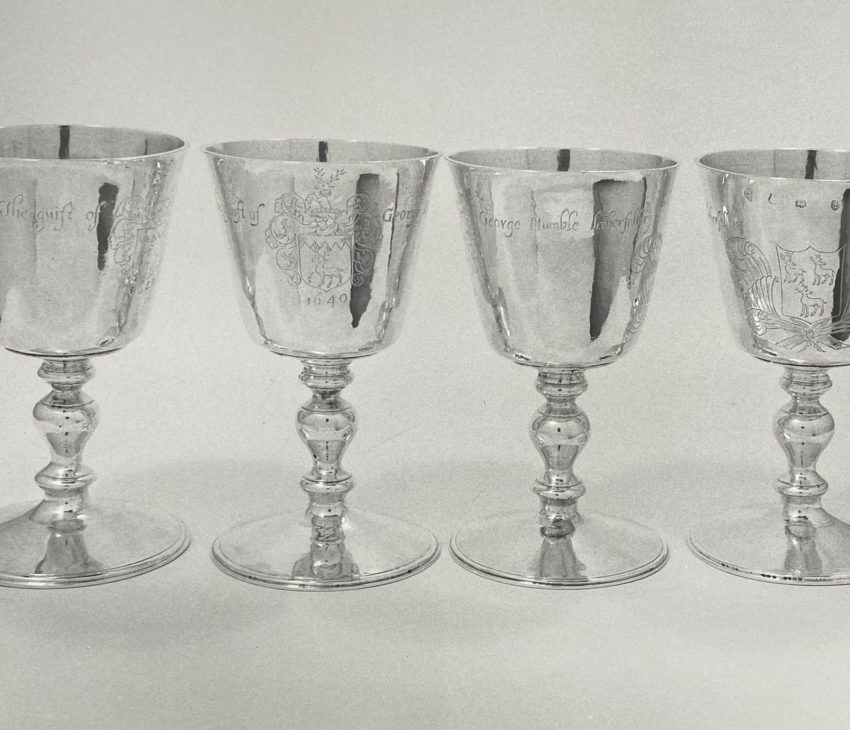
Humble cups
The Humble Cups, a set of four Charles I silver goblets or ‘beer bolls’ presented in 1640 by Sir William Humble (Master 1653/54) as a legacy from his father George Humble (Master 1628/29).
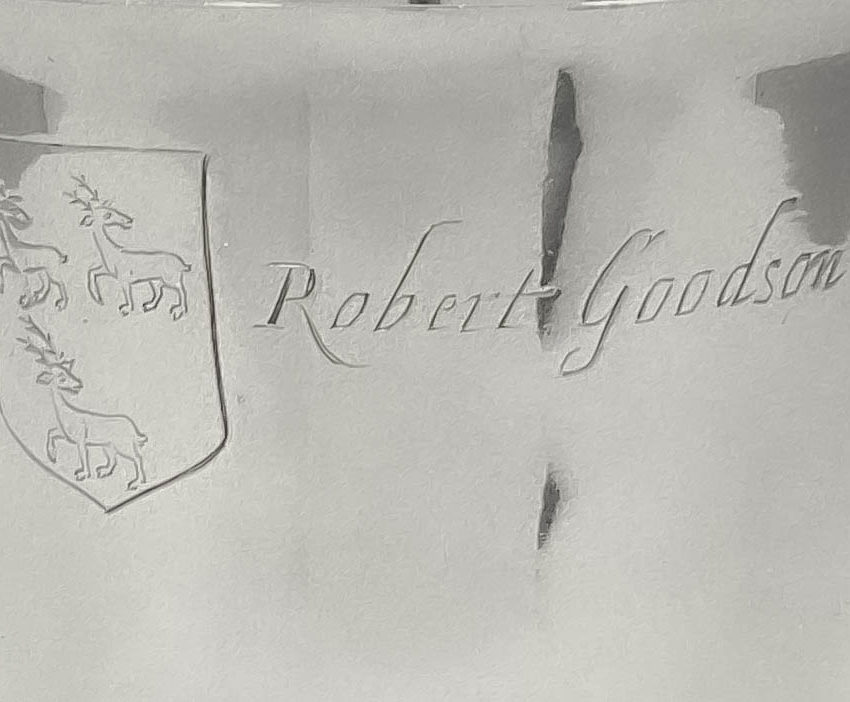
A Commonwealth silver goblet
A Commonwealth silver goblet, presented in 1656 by freeman Robert Goodson.
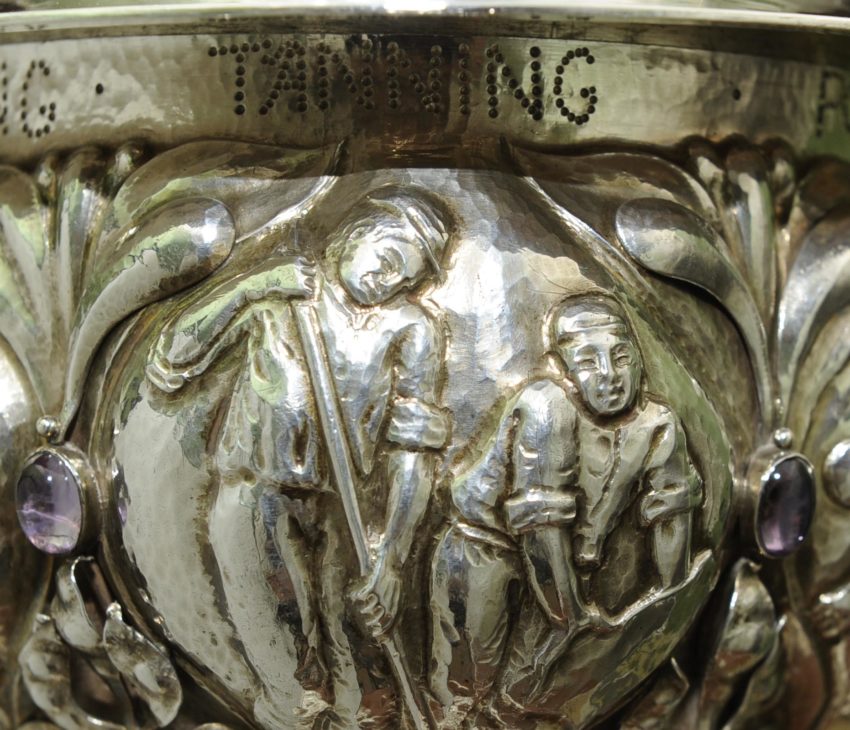
The Bevington Cup
The Bevington Cup, an Arts & Crafts silver ‘hanap’ cup and cover by C. R. Ashbee, presented in 1899 by Colonel Samuel Bourne Bevington (Master 1897/98 and the first Mayor of Bermondsey 1900-1902).
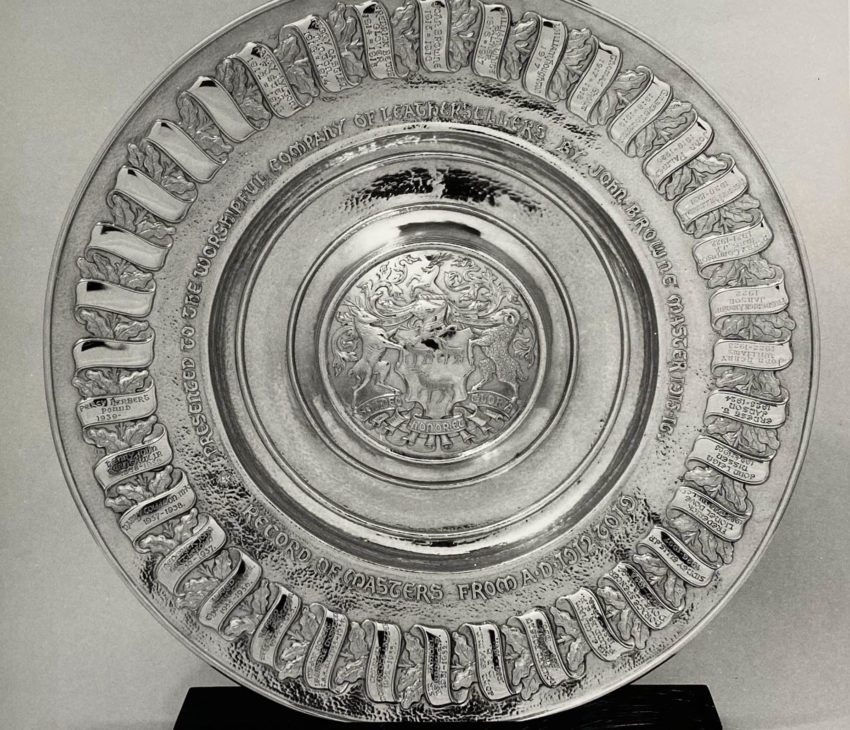
Rosewater dishes
Rosewater dishes and other items by Ramsden & Carr and Omar Ramsden, presented between 1914-1923 by John Pullman (Master 1911/12), Henry Pullman (Master 1920/21), John Henry Williams (Master 1922/23) and Thomas Grout (Master 1917/18).
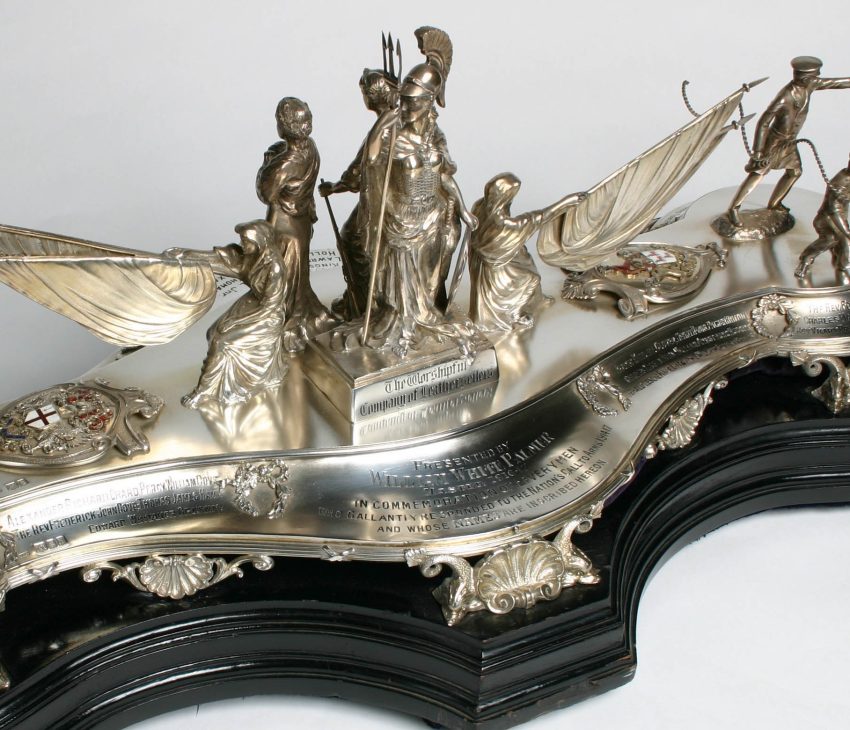
A silver centrepiece
A silver centrepiece serving as the Company’s war memorial, presented in 1917 by William White Palmer (Master 1916/17).
Stained glass
Leathersellers’ Hall has two stained glass windows in its collections.
The first window depicts Henry VI with the 1444 charter and was created by stained glass artist Leonard Walker using medieval glassmaking techniques. Commissioned by Frederick John Nettlefold (Master 1936/37) and presented by him in 1937, the window was damaged by the 1992 Baltic Exchange bomb attack by the IRA before being painstakingly restored.
The second window commemorates the 550th anniversary of the granting of the Company’s charter of incorporation. It was designed by artist John Nicholas Lawson and was presented by the Livery in 1994 as a statement of faith in the future following the further IRA bomb attack nearby in 1993.
Watch more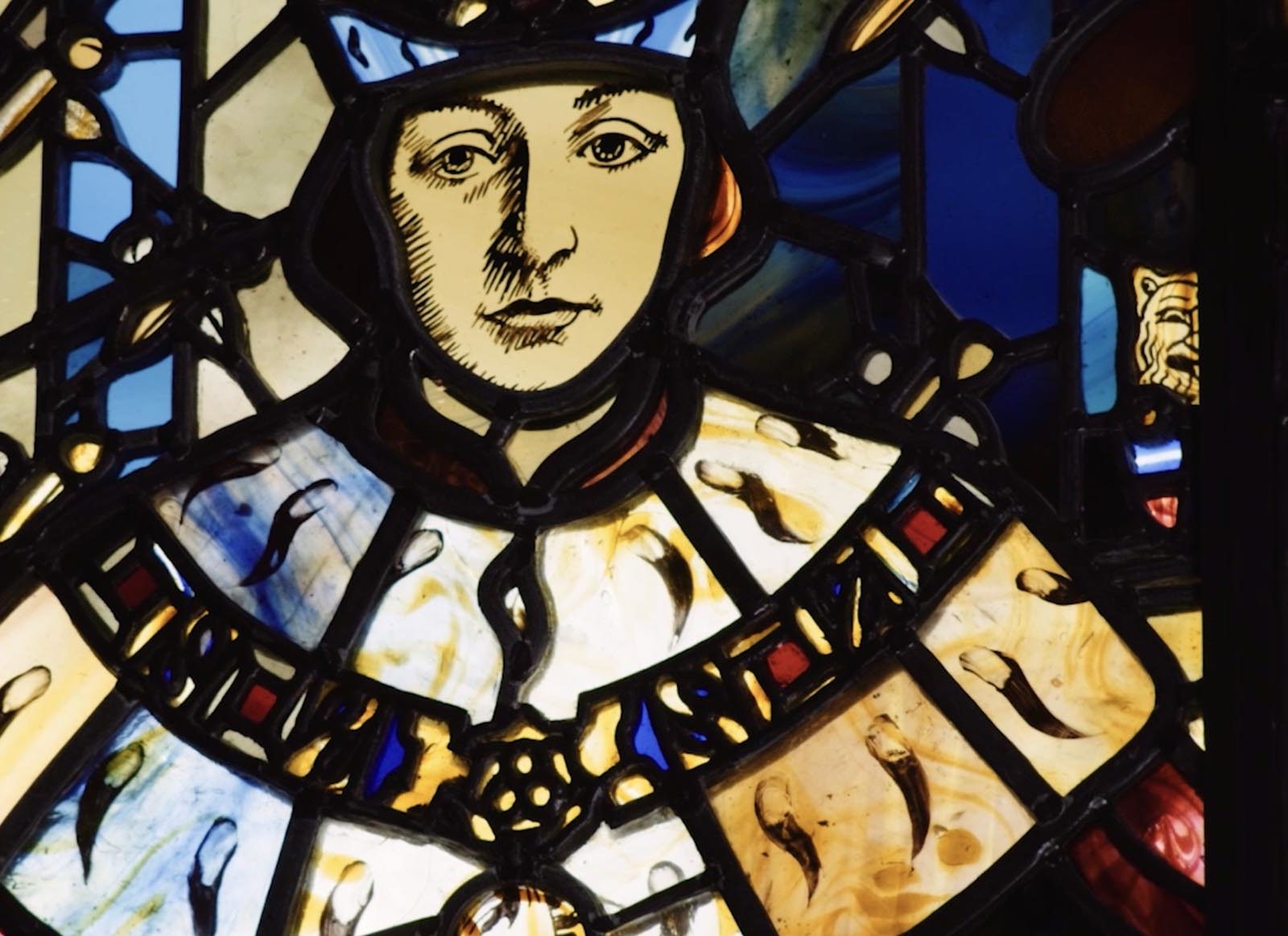
Tapestries
The tapestry collection comprises two items, both woven at Dovecot Tapestry Studio, Edinburgh.
With its glowing, rich colours and intricate design, our most recent tapestry acquisition forms a centrepiece of the Dining Hall. Commissioned for the seventh Hall, which officially opened in 2017, and designed by the artist Victoria Crowe, this tapestry takes inspiration from elements of the Leathersellers’ history and identity, its links to the leather trade and its many charitable and educational activities dating from the late medieval period to the present day.
A smaller tapestry hanging in the Court Room was designed by brothers Robin and Christopher Ironside in the 1950s for use in the sixth Leathersellers’ Hall when it opened in 1960. It depicts the Leathersellers’ heraldic arms, crest, supporters and motto, surrounded by the leaves of oak, sumac and mimosa, plants used in traditional vegetable tanning.
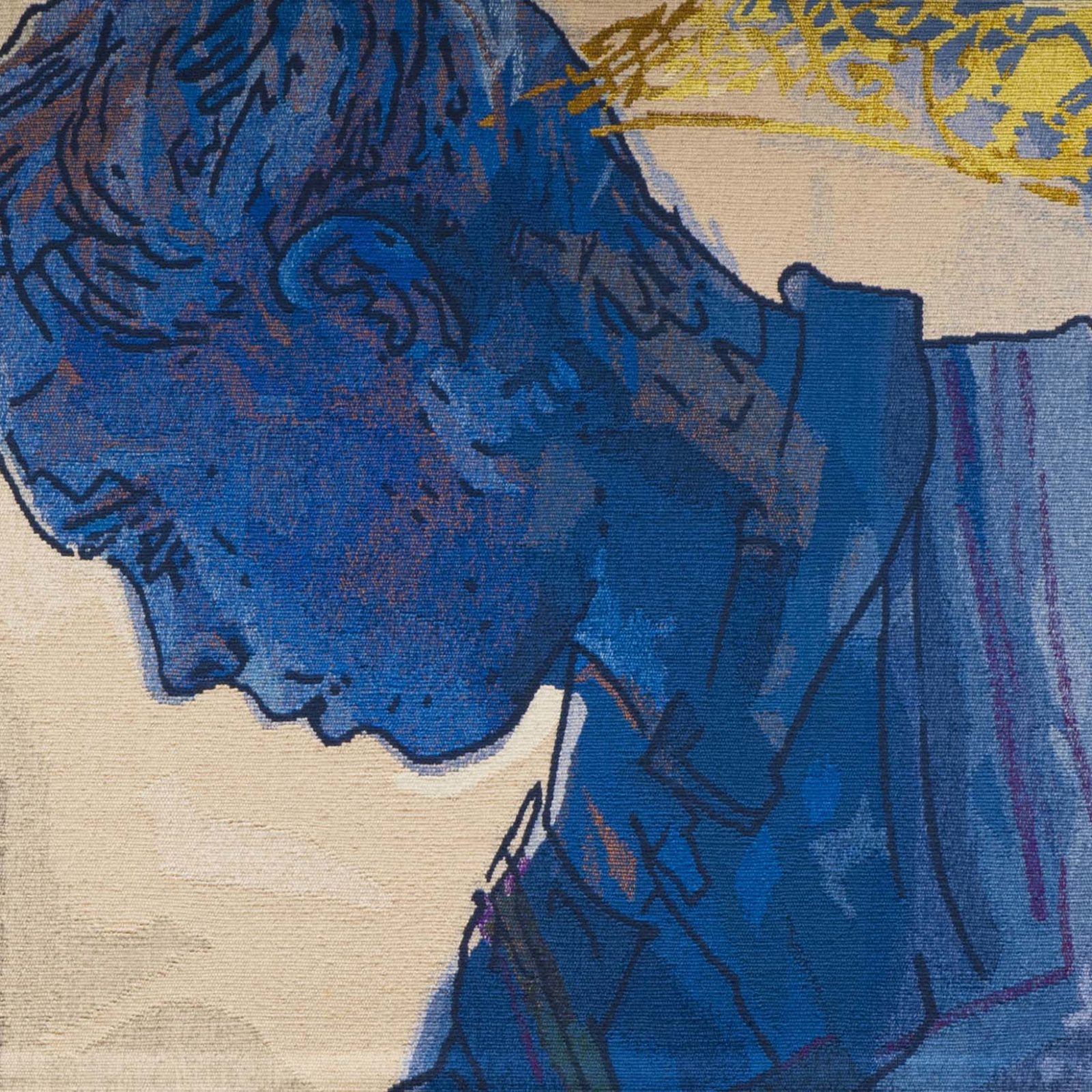
Boxes
Three historic boxes, chests or trunks are preserved at Leathersellers’ Hall and pay testament to different periods of Company history. These consist of a late 18th century wooden poor box, later adapted to store the Company’s seal; a ‘hair-on’ hide trunk purchased after the 1819 fire in order to hold important deeds and documents rescued from the conflagration; and a 16th century iron strongbox purchased in 1574 to store the Company’s valuables.
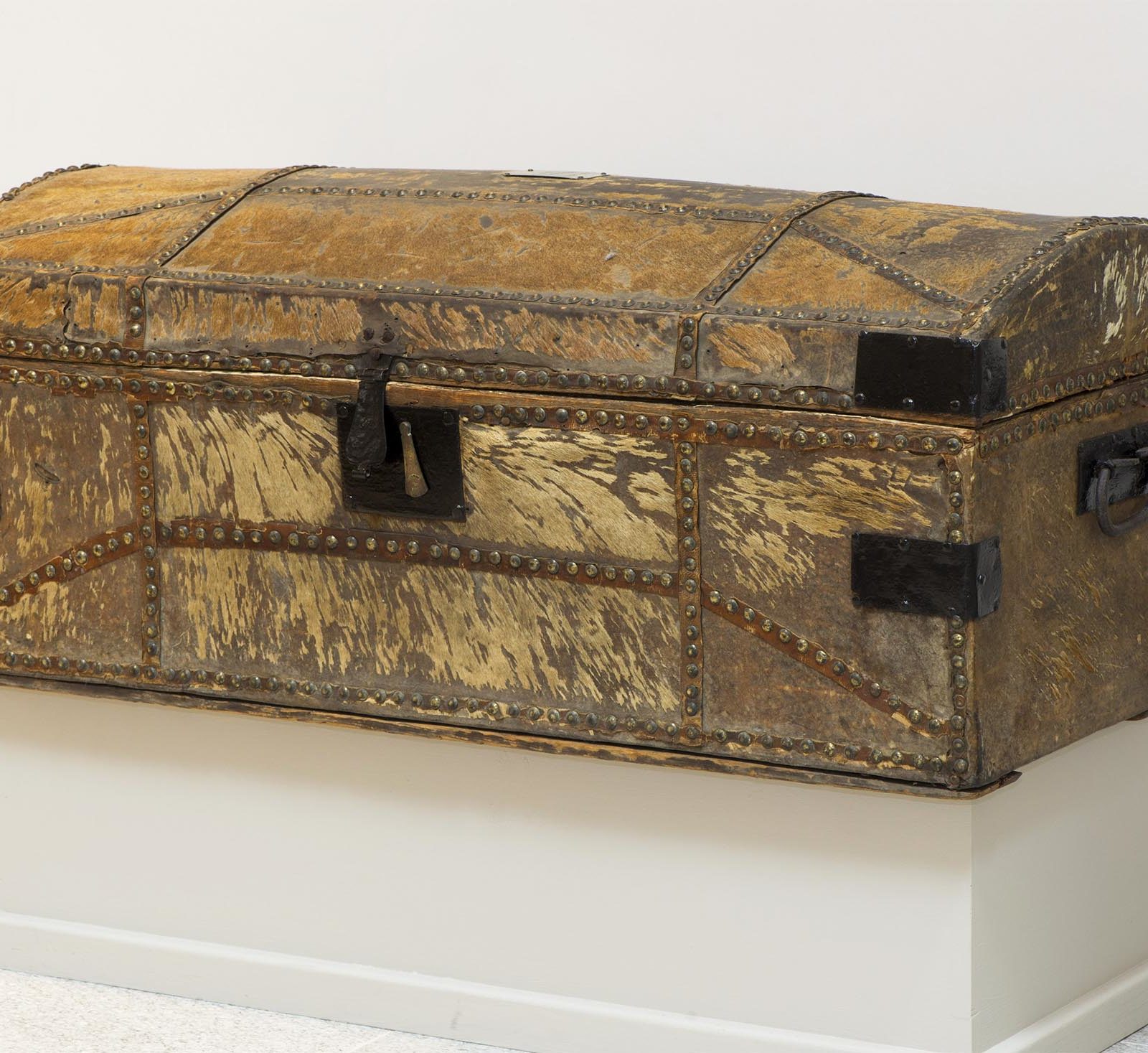
Access to the object collections
The object collections can be accessed for the purpose of academic research only, by prior appointment. Access to small items kept in the stores is the same as for the Archive and Library collections, but if you wish to see any items on display around Leathersellers’ Hall please contact the Archivist to make alternative arrangements. Access to items on display is dependent on availability of the room(s) in which the item(s) are located.
Members of the public are able to view some of these items via our participation in Open House every September.


